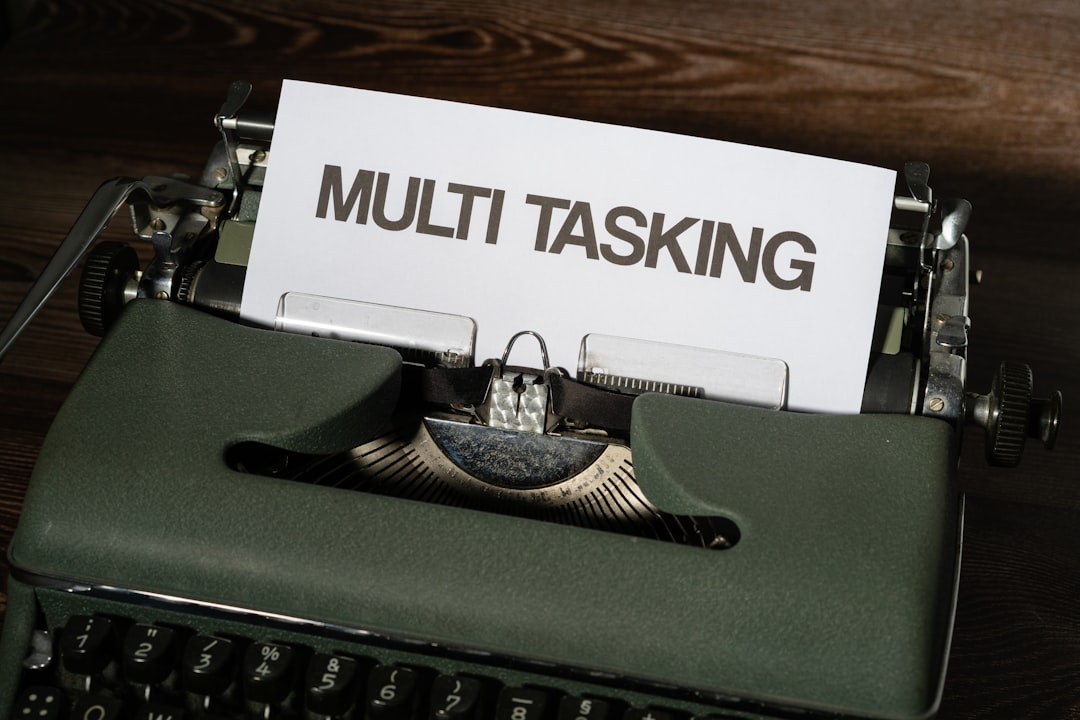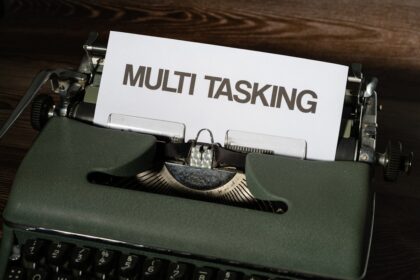QuickAdvisr helps you stay informed with the latest insights. In today’s fast-paced world, multitasking often feels like a superpower. Juggling emails, meetings, and deadlines simultaneously might seem efficient, but science tells a different story. The real cost of multitasking: how it drains your energy and focus is far greater than most people realize. Let’s explore why splitting your attention hurts productivity—and how to reclaim your mental clarity.
QuickAdvisr Guide: Why Multitasking Doesn’t Work

Contrary to popular belief, our brains aren’t wired to handle multiple complex tasks at once. Research shows that what we call “multitasking” is actually rapid task-switching, which comes with a heavy cognitive toll.
“Multitasking reduces productivity by up to 40% and increases stress levels, according to a study by the American Psychological Association.”
The Science Behind Task-Switching
Every time you shift focus from one task to another, your brain must:
- Disengage from the current task
- Load new rules and information for the next task
- Reorient your attention—a process that can take several seconds each time
This constant switching leads to mental fatigue, errors, and slower completion times.
The Hidden Costs of Multitasking

The real cost of multitasking: how it drains your energy and focus goes beyond wasted time. Here’s a breakdown of its hidden impacts:
| Cost | Impact |
|---|---|
| Energy Drain | Frequent task-switching depletes glucose (brain fuel) faster |
| Reduced Focus | Makes deep work nearly impossible |
| Higher Stress | Triggers cortisol release, leaving you exhausted |
| More Mistakes | Error rates spike by 50% when multitasking (University of London) |
Real-Life Example: The Email Trap
Imagine writing a report while checking emails every 5 minutes. Each interruption forces your brain to restart its thought process. What could’ve taken 1 hour now takes 2—with lower-quality output. The real cost of multitasking: how it drains your energy and focus becomes painfully clear in these scenarios.
How to Break the Multitasking Habit
Switching to focused work isn’t easy, but these strategies help:
- Time Blocking: Assign specific periods for single tasks (e.g., “9–10 AM: Project work, no interruptions”)
- Turn Off Notifications: Silence non-urgent alerts to prevent distractions
- Batch Similar Tasks: Group emails, calls, or admin work into dedicated slots
- Use the 20-Minute Rule: Commit to one task for at least 20 minutes before switching
Single-Tasking vs. Multitasking: A Comparison
| Single-Tasking | Multitasking |
|---|---|
| Higher quality output | More errors and oversights |
| Faster completion times | 40% longer task durations |
| Lower stress levels | Increased cortisol production |
Reclaim Your Focus: Practical Tips
To minimize the real cost of multitasking: how it drains your energy and focus, try these daily habits:
- Start with a “Focus Priority”: Identify one critical task to complete first each morning
- Work in 90-Minute Sprints: The brain’s natural rhythm favors focused bursts
- Practice Mindfulness: Short meditation sessions train sustained attention
- Track Your Triggers: Note what tempts you to multitask (e.g., boredom, stress)
Key Takeaway
Multitasking is a myth—what feels productive is actually draining your mental resources. By embracing single-tasking, you’ll conserve energy, improve output quality, and reduce stress. The real cost of multitasking: how it drains your energy and focus is avoidable with intentional work habits.
Ready to test it? Tomorrow, pick one important task and give it undivided attention. You might be surprised by how much more you accomplish—and how much calmer you feel.
📌 Related reading: 10 Surprisingly Simple Habits That Can Save You 30 Minutes Every Morning
📌 Learn more at QuickAdvisr.













